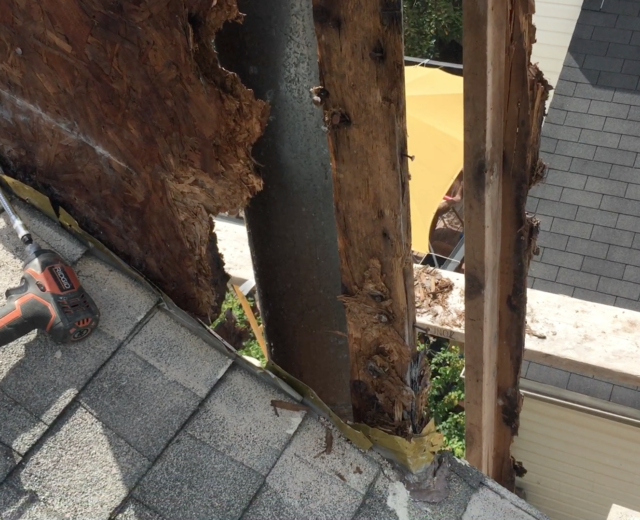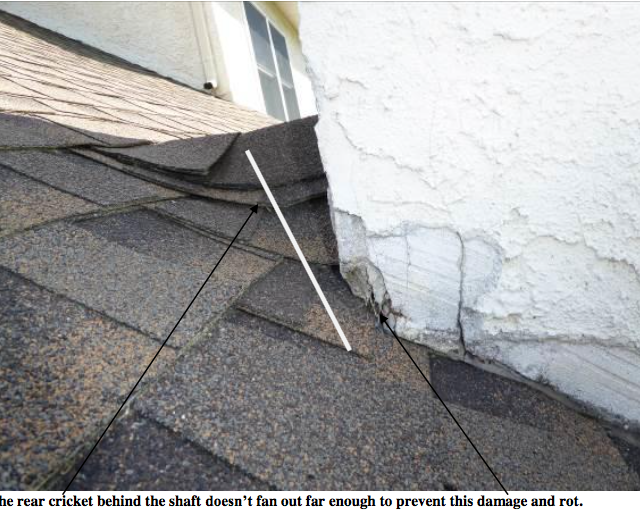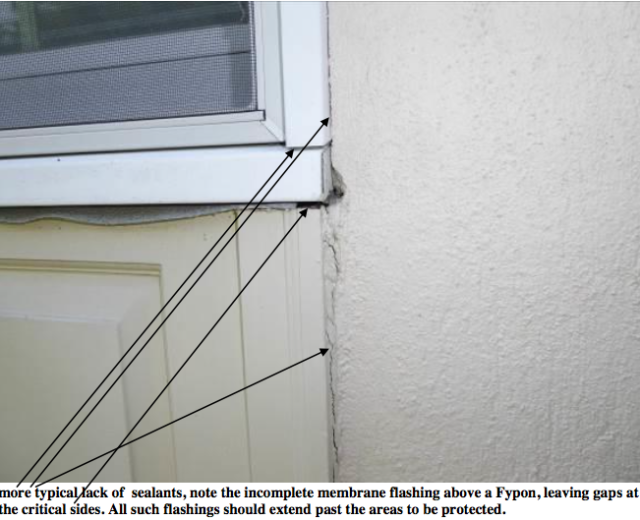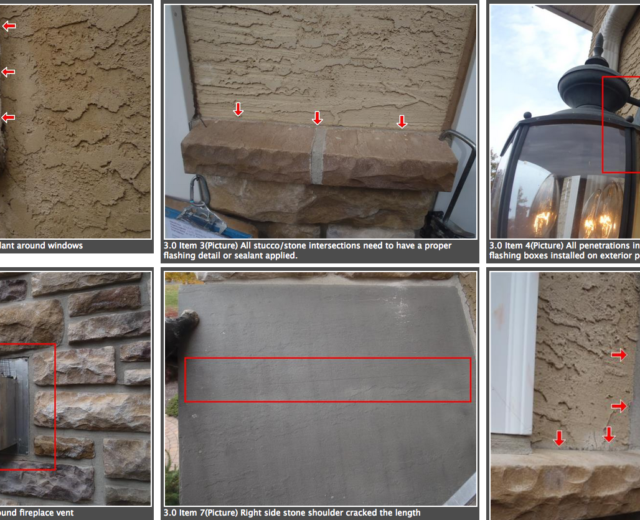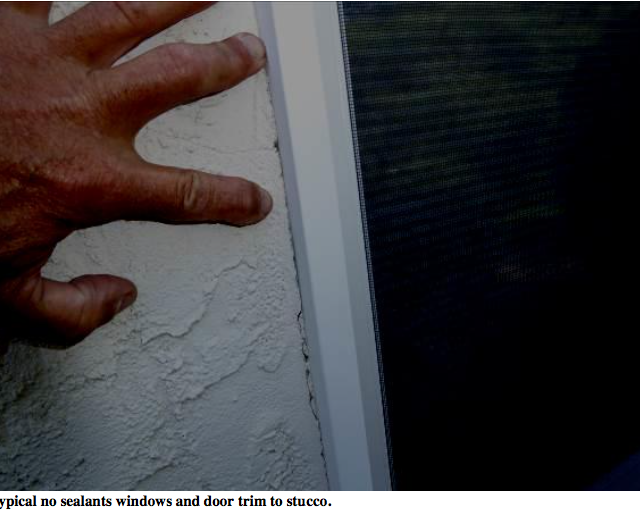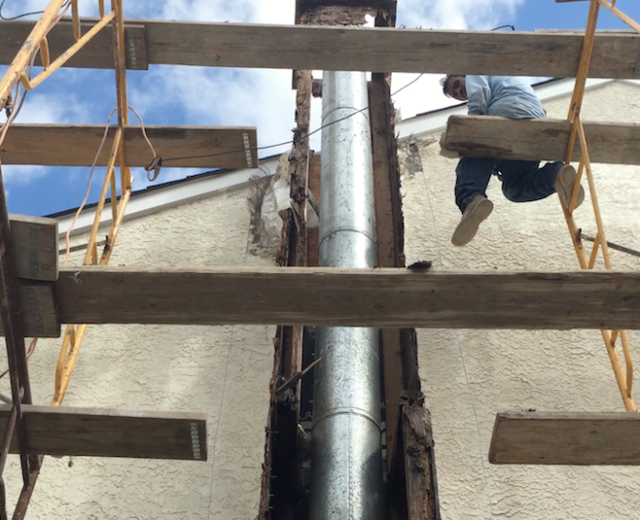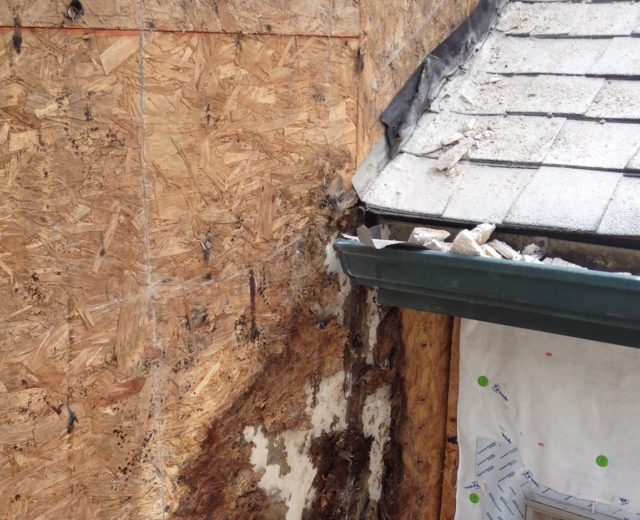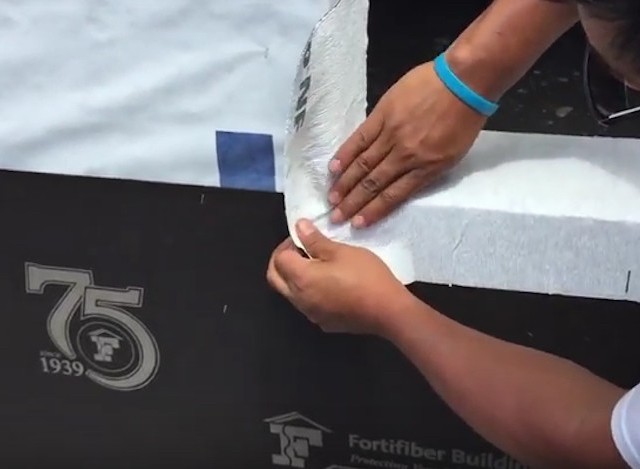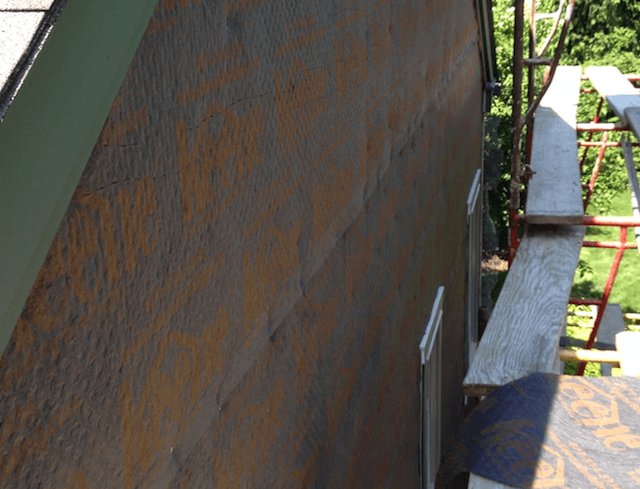Blog
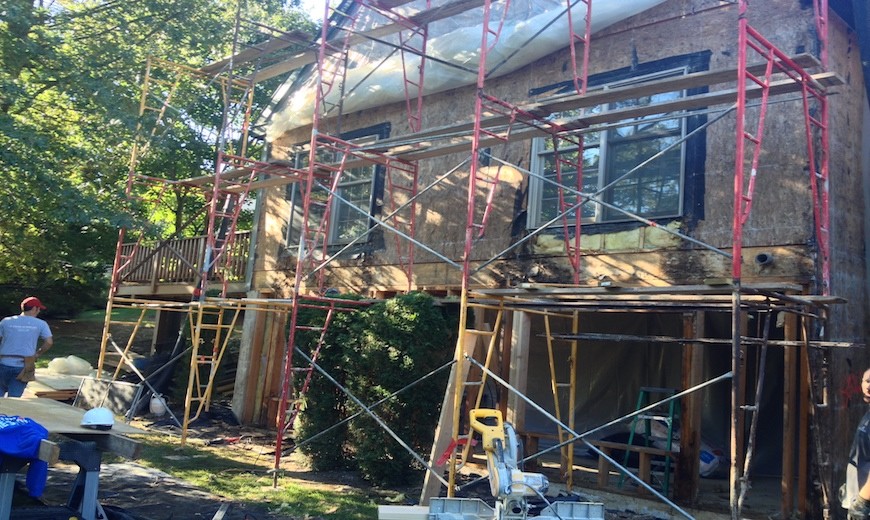
Eight reasons why stucco & stone installations fail.
Water problems or rotted wood is created over the time because of continuous trapped moisture, this issues are caused by deficient window flashing and installation, inadequate installation of a water resistant barrier, lack of kick out flashing diverters, stucco installed below grade, this along with other factors are some of the common causes of most stucco and stone water damage.
Let's start with General construction
It all start at the begging right?
A builder buys the land, get the blueprints for what supposed to be your dream house and start to build it.
When we talk about stucco, stone failures, mold and water damages, most of the times in general we talk about poor construction practices. Most of this issues could have been avoided if builders and contractors in general not only know their trade but also the needs of others when installing their construction products or doing their work preparing each area the way it should be prepared for the next contractor. The best way to know if an stucco or stone cladding are failing is by doing an invasive moisture stucco and stone test, inspectors come to the property do a visual inspection, test for moisture, document everything and put everything together for you as a home owner, your realtor for those selling and buying scenarios , your lawyer in case of a litigation and finally to us remediation contractors in what is called The invasive stucco or stone report.
If you are experiencing stucco or stone issues you may or should know that when an stucco inspector is hired to do moisture testing around a property they have specific targets on where to drill and test for moisture levels, but what are those targets and why are they so critical?
This specific targets we are about to mention could be less or more depending on the age, over all construction and shape of the property. The list below contents the most common reasons why stucco fail.
- Each corner of a window sill
- Each corner of a door sill
- Where a vertical wall meets the end of a roof ( Kick Out Flashing Diverter)
- Where a chimney wall meets a roof
- Below the chimney shoulders/hips
- Below a dryer vent, electric outlet or any other possible water penetration.
- Below an installed deck
- Proper transition between stucco and any other dissimilar material such siding, stone, brick or concrete.
In new construction when a house is build normally either the builder, the framers or the window & door companies are the ones that are in charge of installing the windows and doors, all windows eventually may leak there is no doubt about that but is the window’s installer duty to make sure that the installation of the window or door is properly perform by installing the necessary materials and do it in a manner that the water will be discharge out of the building and in the event of a window leak the water will not penetrate the sheathing and wood structure resulting in mold damage.
Water most be able to drain when a window and door is properly installed.
Is also the stucco contractor duty to notify the builder if they see something wrong with the window or door installation. Windows are one if not the main reason why stucco and stone installations always fails.
Is the stucco & stone contractor duty to properly install the construction paper below the windows and doors. When a window is not properly installed or the construction paper is not properly install below the window, the water resistant barrier (paper) become useless mainly because every time the wall gets wet, water that is coming from the top will run behind the paper and not on top of the paper like it should in order for the water to drain properly and the paper to do its job , resulting in water not able to drain becoming trapped and later with the time a moisture problem causing mold and deterioration of the sheathing.
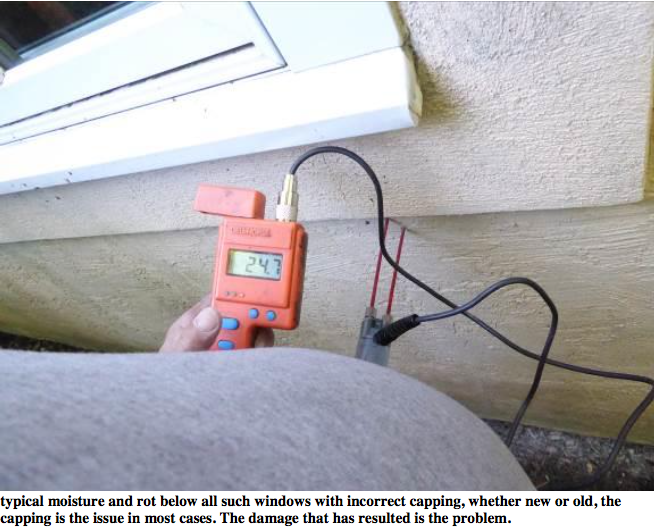
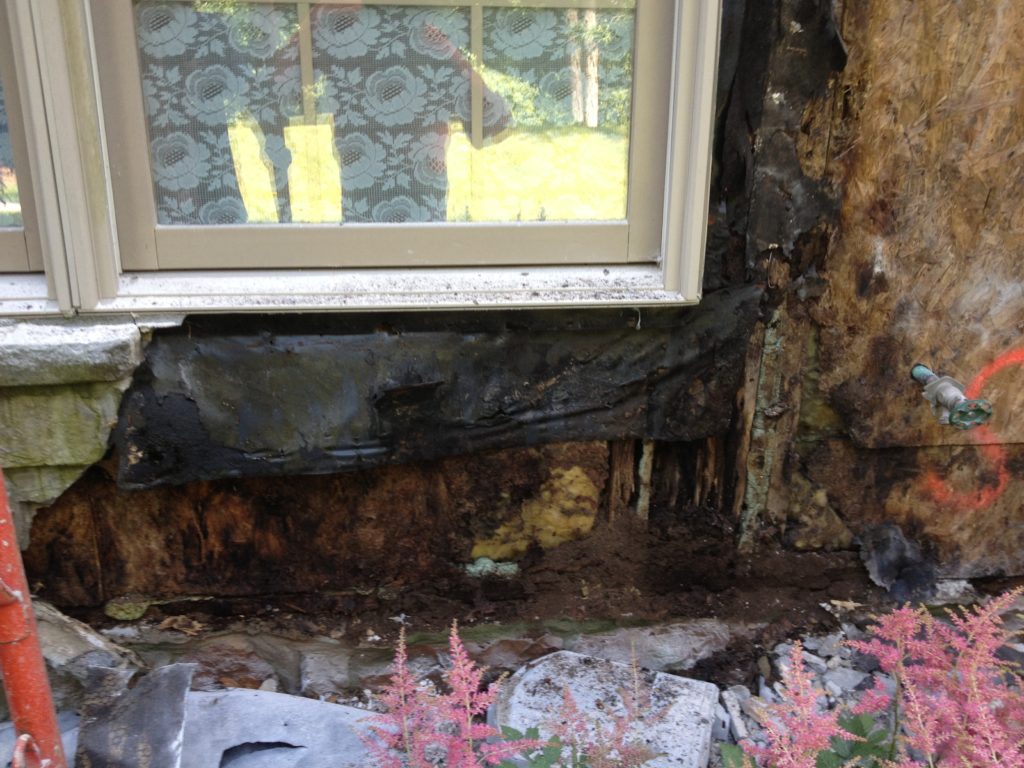
Missing kick out flashing diverters are the second main reason why an stucco or stone system fails, this molded one piece of plastic or welded one piece of metal most be installed where a vertical wall meets the end of a roof near the fascia board where the gutter later is installed.
As the name suggest Kick out Flashing Diverter helps to kick and divert the water out
When a kick out flashing diverter is installed, water that is coming from the roof will be diverted towards the gutter and not into the adjacent walls. Is the builder’s duty to make sure that either the roofers or the stucco contractors properly install this key construction product at the beginning of the roof’s aluminum L flashing row to guaranty a successful stucco, stone or even siding installation.
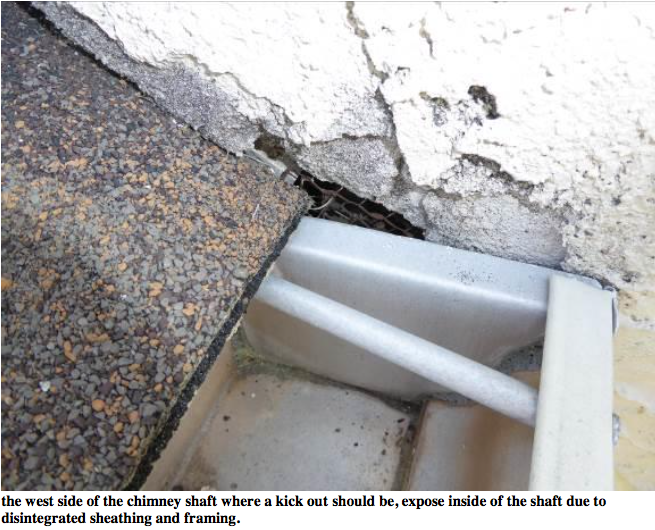
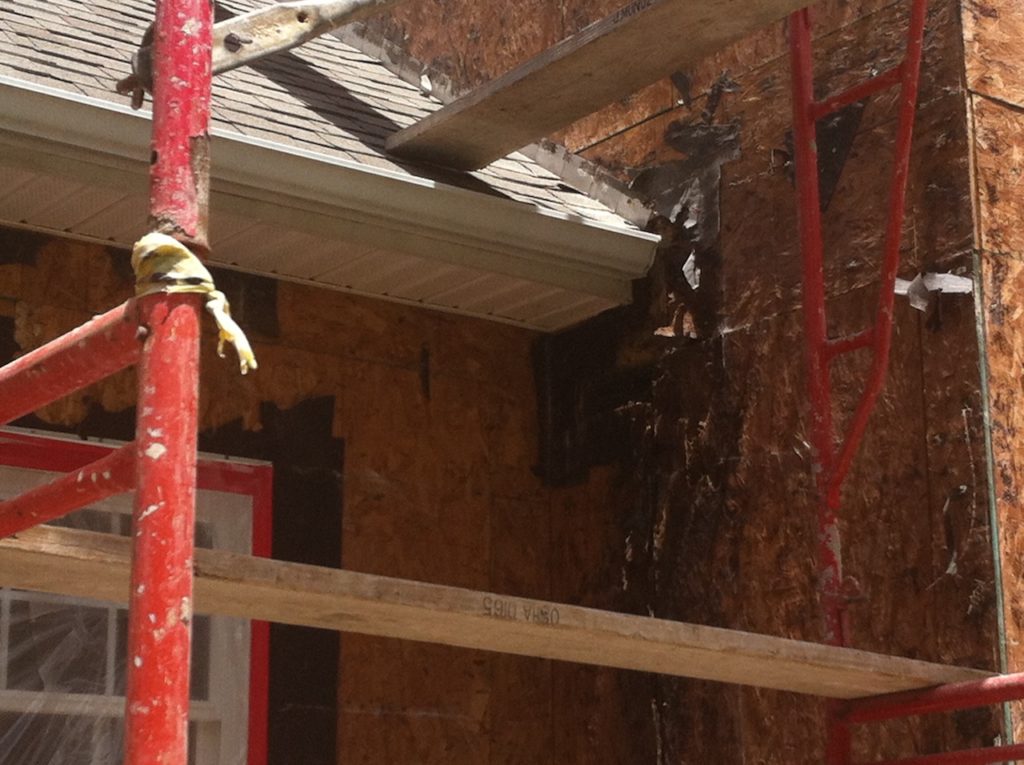
As far as the chimney flashing goes is the builder’s duty to make sure that the roofers install a flashing that is tall enough to actually protect the chimney from the rain and the constant water that is coming from the top of the roof and protect the wood sheathing during winter time when the snow builds up.
Flashings in general are very important for a successful stucco and stone system
When roofers prepare this wall to roof joints, roofers and builders most take extra steps/precaution in terms of flashing this critical spots to make sure that the flashing does what is intended to do and work properly.
Is the stucco contractor duty to notify the builder or roofer if the chimney’s flashing does not meet criteria.
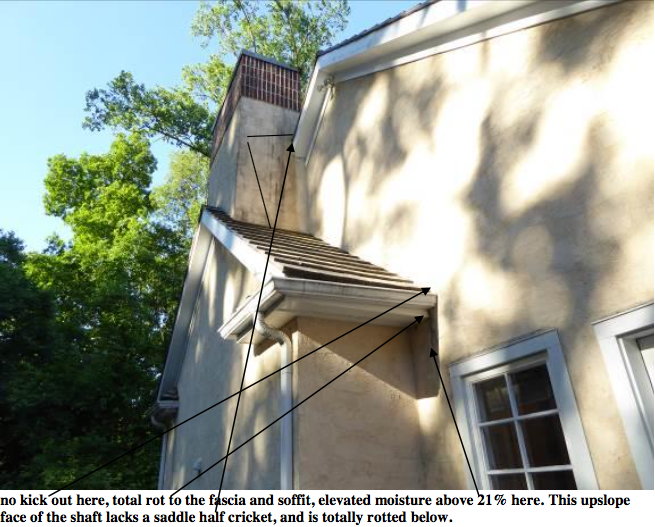
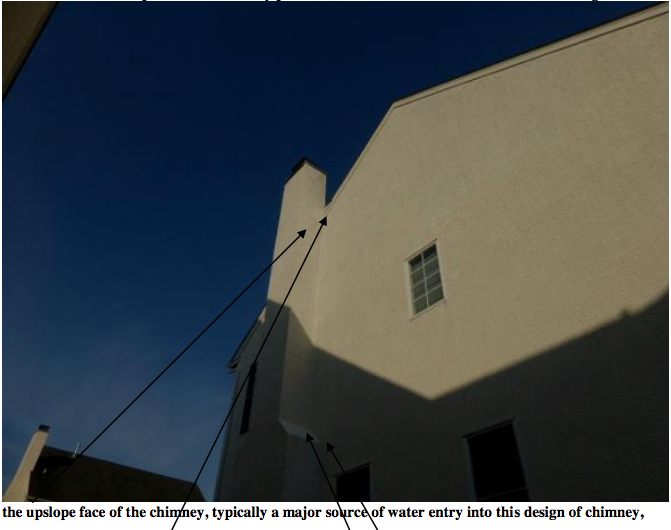
Until today chimney shoulder hips are always under estimated when stucco metal lath crews install the water resistant barrier, the personnel at Rene Munoz Plastering LLC is aware of the damage that can be caused when hips/ shoulders of the chimney are not properly wrapped and seal, we know the importance of taking extra precaution when we wrap a chimney or a home in general.
Is the stucco contractor duty to make sure that the exterior corners of the chimney shoulders/hips are 100% seal or the entire hip protected by a shingle or metal roof, as another choice contractors can install a piece of stone slate/flagstone with a minimum overhang of 1 1/2″ on both, front and side of the hip.
Chimney shoulders/hips are the third reason why an stucco or stone installation fails
Is also the contractor’s duty to install a kick out flashing diverter at the lowest interior corner of the chimney hip/shoulder to diver the water out of the walls.
Extra precaution most be used when the stucco metal lath crews are installing the water resistant barrier membrane over this critical spot.
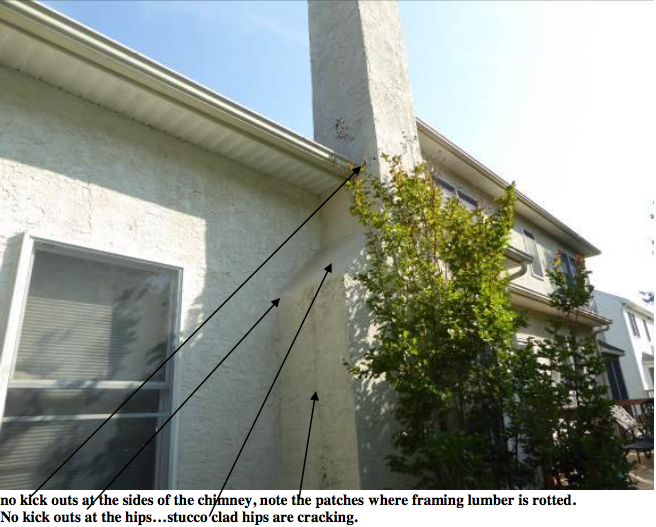
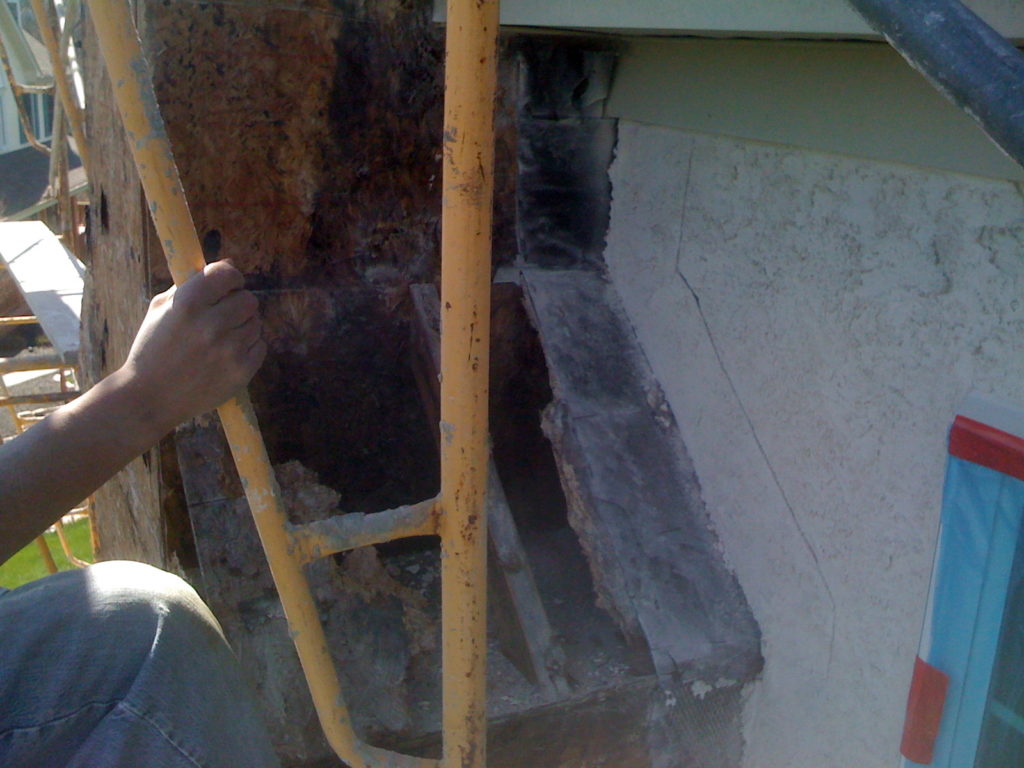
Dryer vents, electric outlets, light fixtures and pipes are no different than a window or any other opening around the house, first is the builder’s duty to make sure that this openings and fixtures are always seal from inside to outside. Is the contractor’s duty to treat each of this fixtures as a window, starting to seal from the bottom to the top, we at Rene Munoz Plastering know how critical this spots are and we always install a piece of azek trim around pipes, electrical outlets, light fixtures and all necessary opening to cap and later seal them.
All exterior openings and fixtures should have a proper water management system
Is crucial for the exterior fixtures, outlets, boxes and pipes to have a proper water management around them
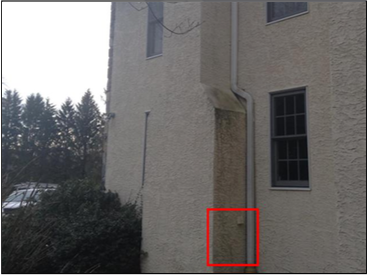
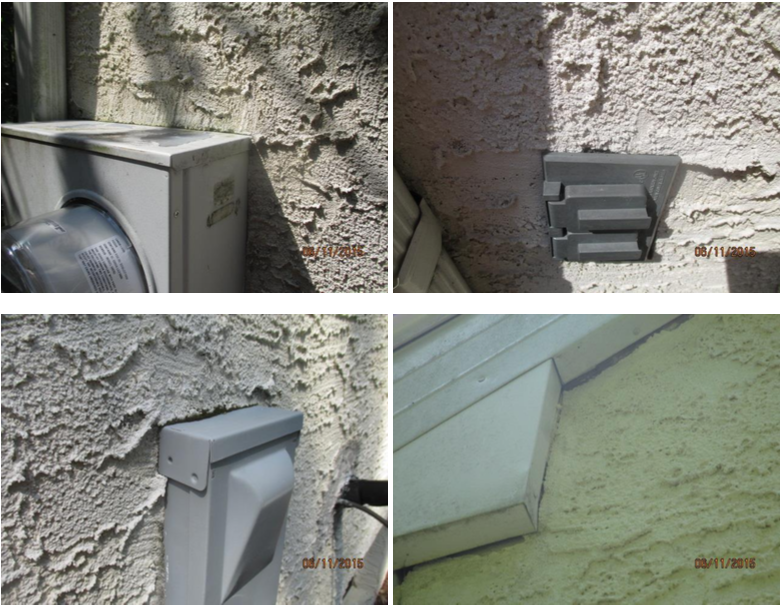
In the Tri-state area is very common to see decks installed directly to the Rim Joist by using screws without a proper water management. Is the deck’s installer or builder’s duty to install a water resistant barrier membrane and a rain screen behind the Deck’s ledger board as well as a Ledger board Drip cap on top to prevent water to drain behind the deck’s ledger board resulting in moisture.
Paper most be installed behind the Ledger Board and a drip cap flashing on top
When a drip cap flashing is not installed over the deck’s ledger board, water can run behind and create moisture and mold damage to the rim joist and anything that is below , specially when a house is tall.
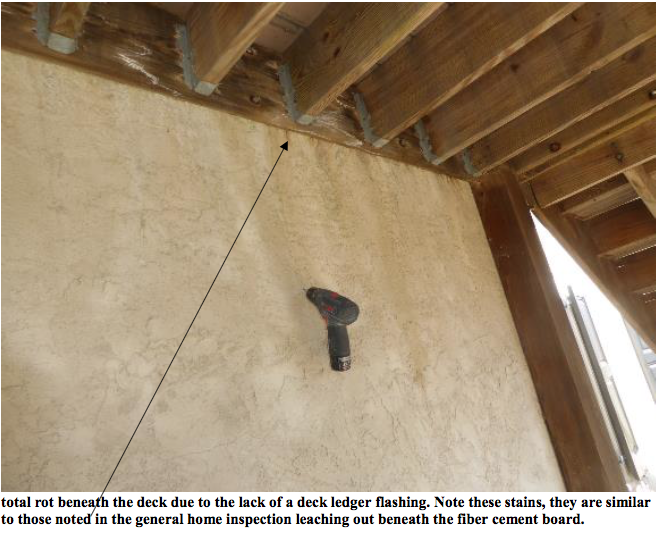
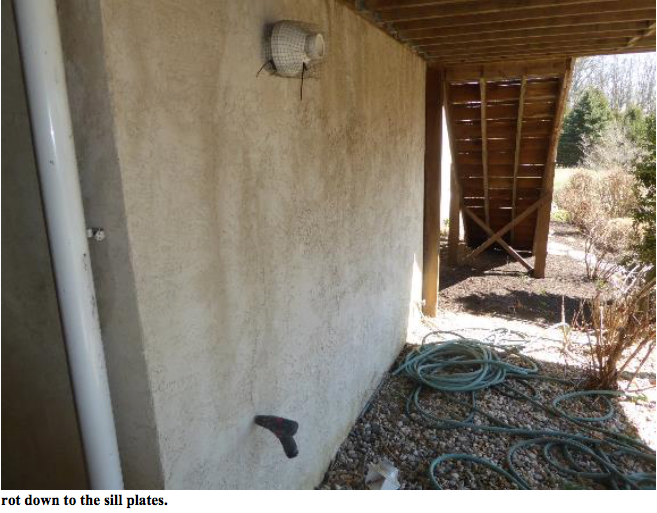
Builders and contractors still don’t understand the importance of a proper transition between stucco, stone and siding with other dissimilar materials.
- All joints between two different substrates should be properly seal for expansion and contraction to prevent future cracking and/or water penetration.
- All joints between two different substrates should be properly flashed to prevent contact between one material to another as well as provide a proper drainage between claddings,.
- All joints between two different substrates should be properly over lapped to prevent water leaks ( paper always have to be overlapped a minimum of 6″ )
Flashings and silicon caulk are very important
Maintenance of all joints whether they are aluminum flashings, copper flashings or caulk they all play an important roll when we talk about stucco, siding and stone problems. This flashings normally protect the transition between one material to another acting as a bridge for water to flow and drain.
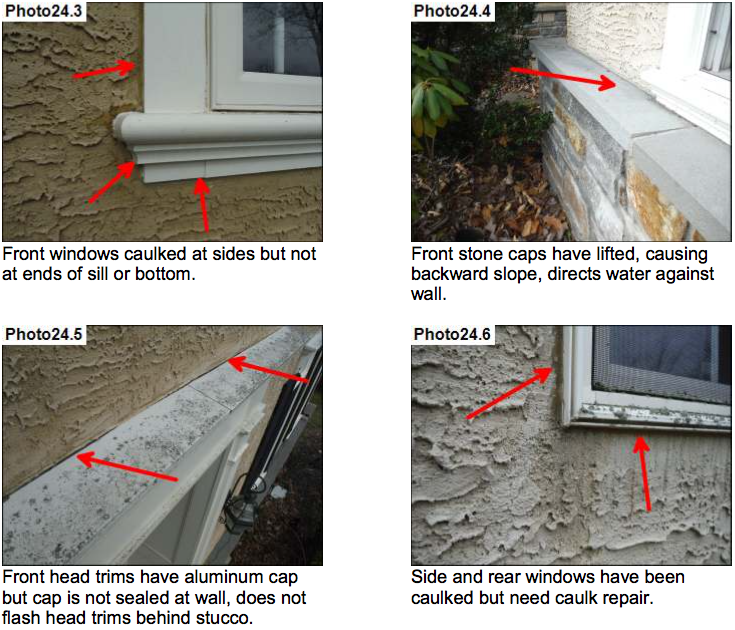
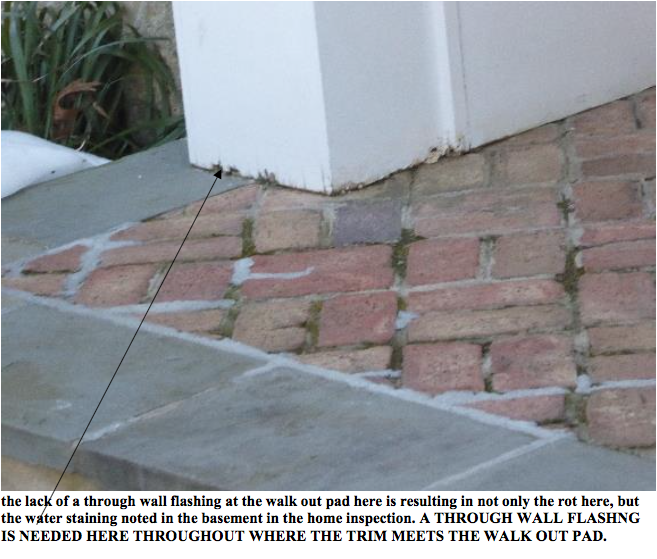
As we already mention depending on the age style and shape of the property inspectors will focus in different particular spots/ targets when performing an invasive moisture test. To help with the already posted picture above, the gallery below has some more samples of the most common stucco issues that we already mention in this article.
Stucco and stone are materials of deceptive simplicity: in most cases its repair should not be undertaken by a property owner unfamiliar with the art of plastering, exterior waterproofing and exterior cladding installations. Successful stucco and stone repairs requires the skill and experience of a professional.
If you are in need of a professional contractor, looking for an installer, an specialist, experiencing stucco, siding or stone problems, feel free to contact us, we will be more than glad to help you, answer all your questions, take you by the hand to solve the moisture issues that your property may have, assist you with your buying/selling situation or better yet educate you to prevent any possible stucco & stone water damage.

Submit your report


